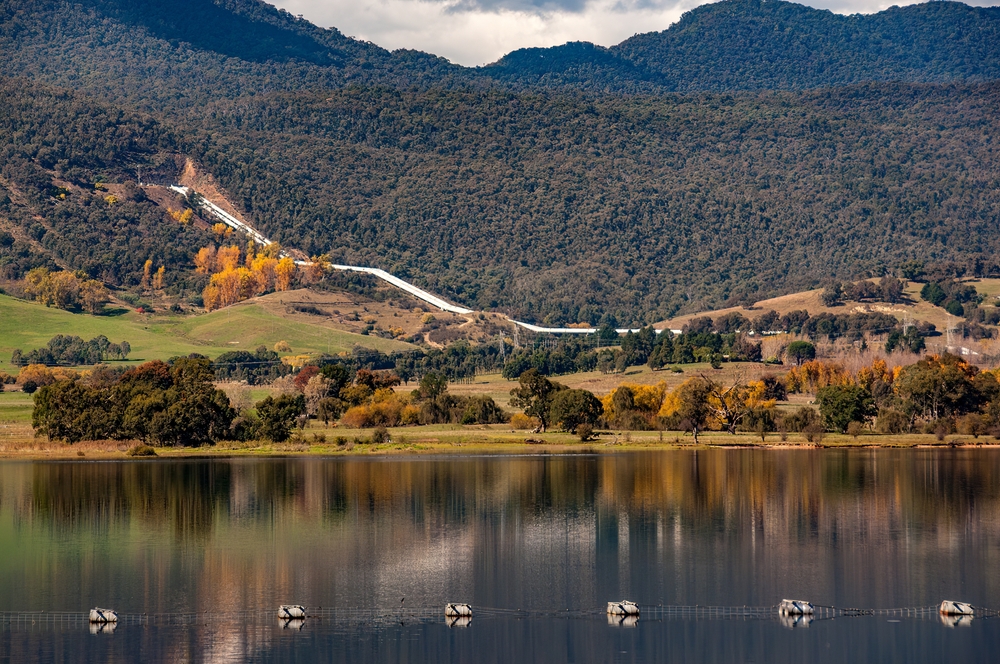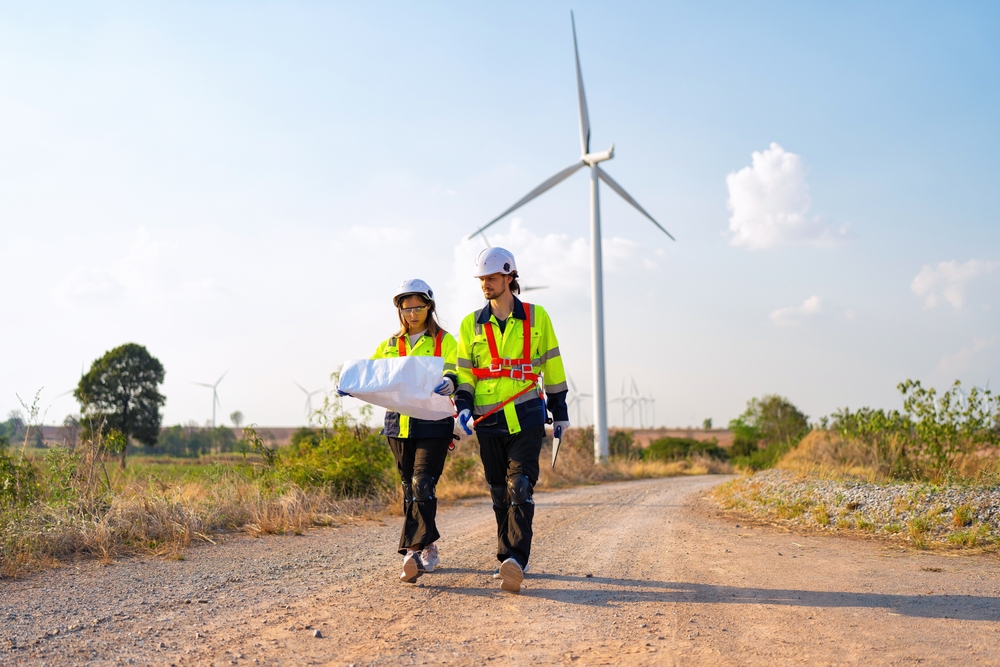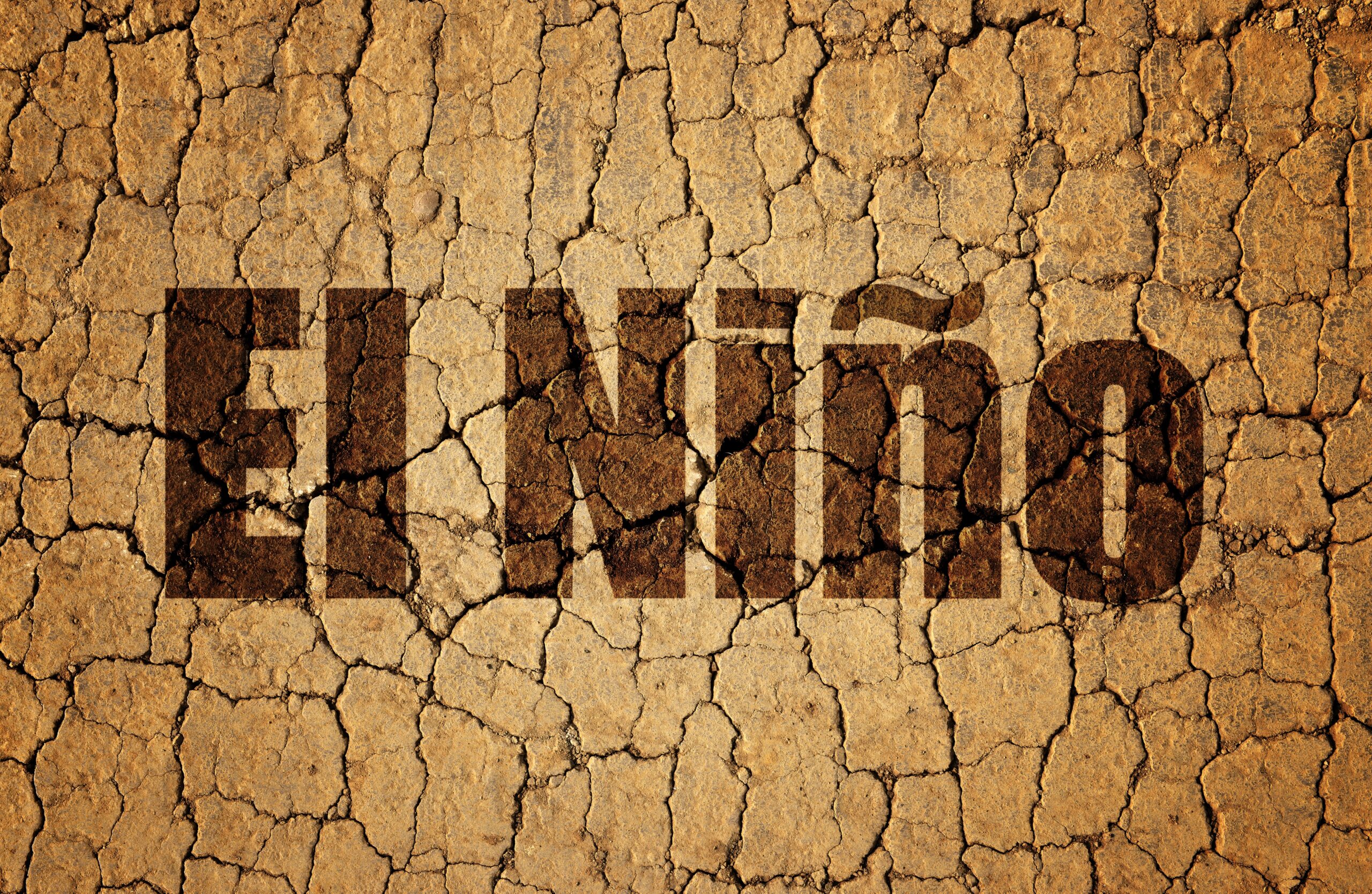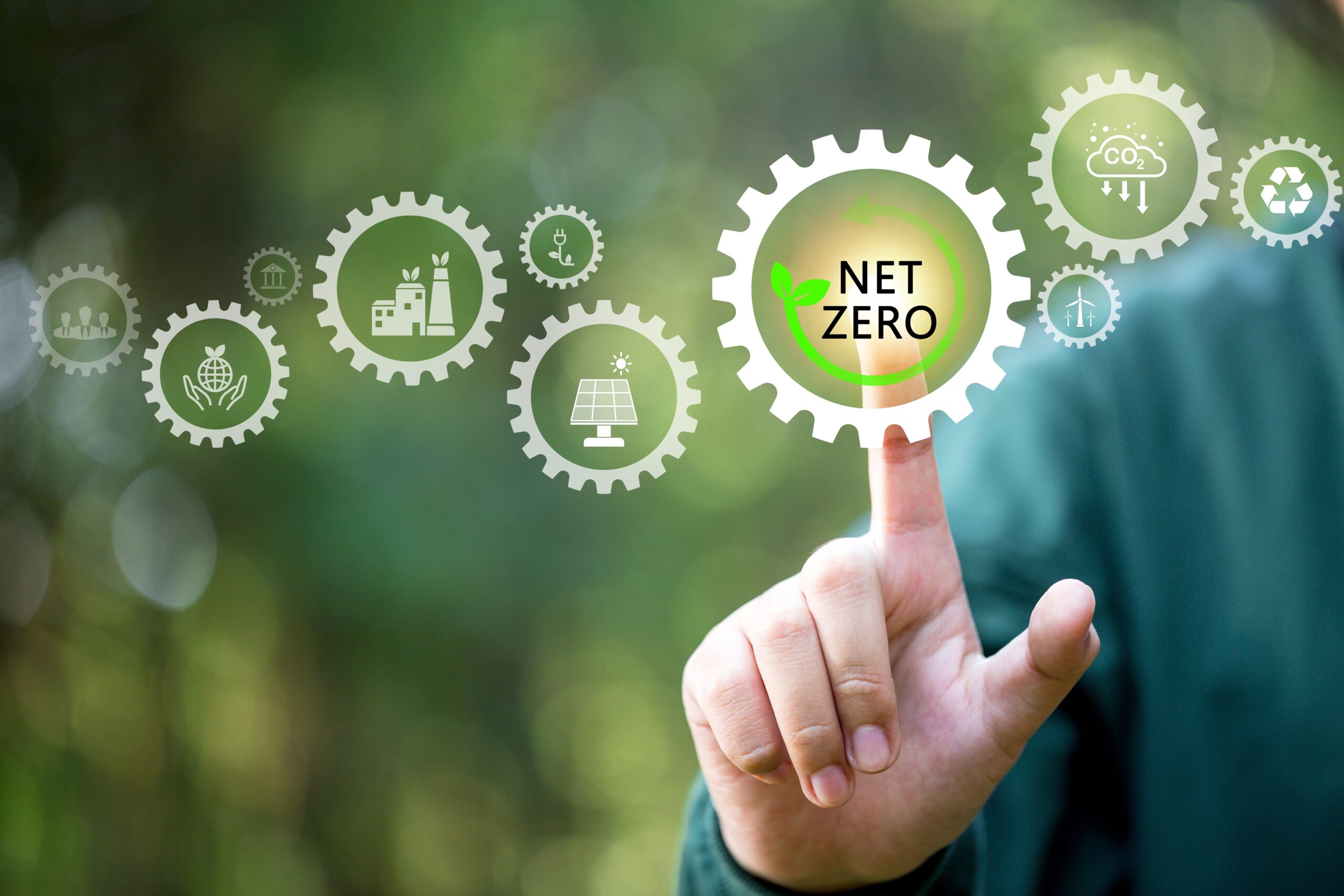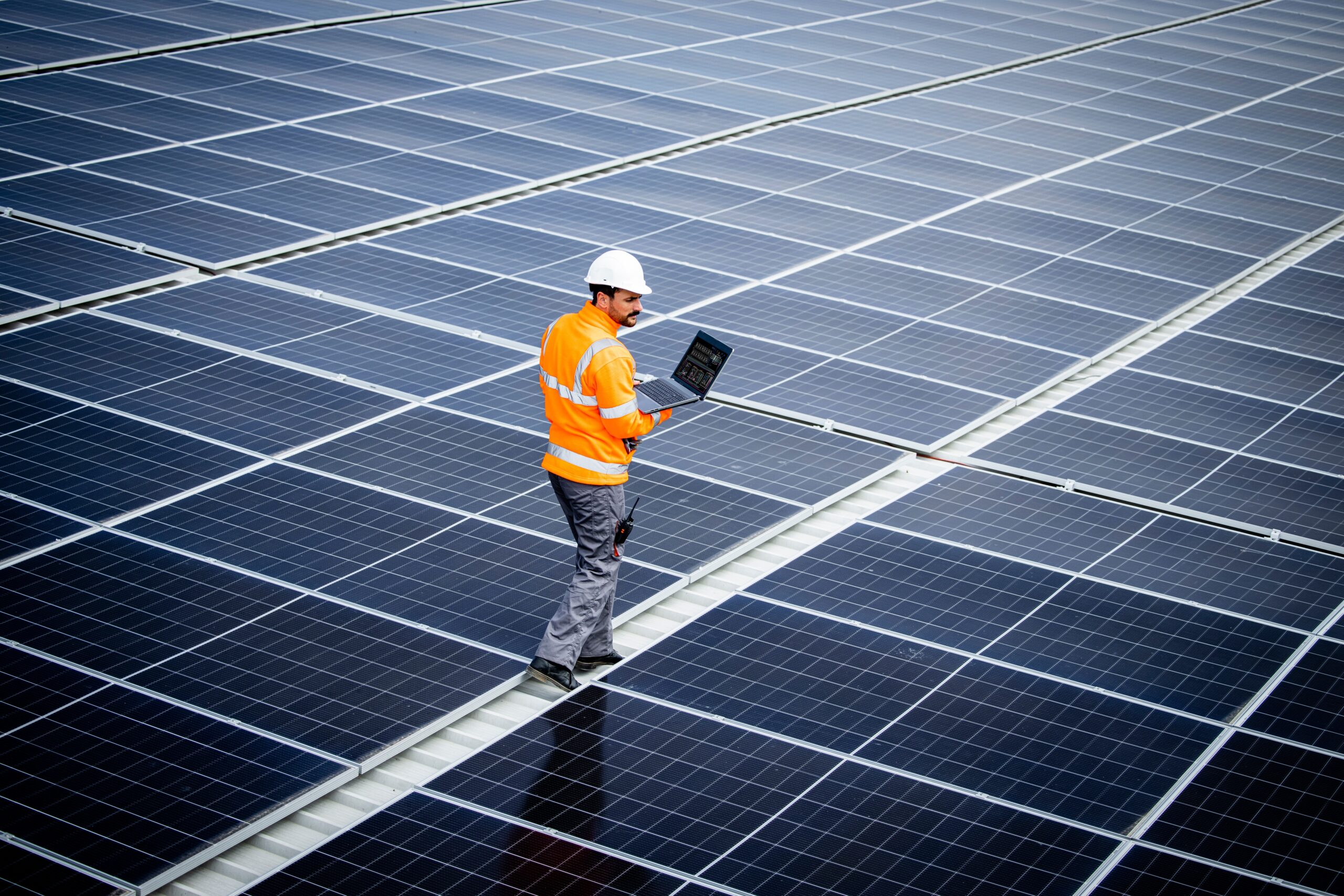Small business owners should take note of the changes happening in Australia’s carbon credit landscape. The government’s new policies can have an impact on your business’s sustainability efforts and operational expenses.
The Department of Climate Change, Energy, the Environment and Water (DCCEEW) is phasing out the Integrated Farm and Land Management (IFLM) carbon credit method. This is because the environmental benefits of certain land regeneration activities are difficult to prove. The Landscape Restoration Method (LRM) will replace IFLM and will have stricter limits on land use, especially grazing.
As a result, market activity has increased, with prices for existing carbon credits on the rise. This makes carbon credits a hot topic for anyone involved in emissions and sustainability. Additionally, carbon credit demand is predicted to exceed supply soon, with a peak in demand expected by 2031. This is a significant change from just a few years ago, and it could lead to higher costs for businesses that need to purchase these credits.
The Safeguard Mechanism offers some relief by providing a new type of credit for businesses that manage to keep their emissions low. However, the government has set a price cap on carbon credits, and if the market continues to tighten, prices may regularly reach that cap. This is similar to what we are currently seeing in the STC market.
While ACCUs might seem more relevant to larger emitters, they do have implications for small businesses, particularly in terms of sustainability practices, cost management, and potential market opportunities. Aligning with Australia’s shift towards a greener future can help businesses thrive. Stay informed, seek advice, and act now!
This is a summary article from Edge2020 – read the original article.
Looking to reduce your business’s energy expenses without any extra cost? Edge Utilities makes it possible through collective purchasing, which enables you to unlock substantial savings. Our focus is on empowering SMEs like yours by fetching the most competitive rates available. You can get in touch with us by emailing us at save@edgeutilities.com.au or calling us at 1800 334 336. Start saving today with Edge Utilities!


